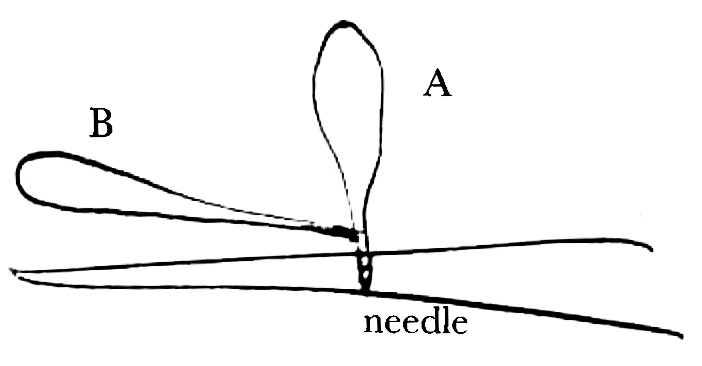To A. G. More 5 September [1860]1
Down Bromley Kent
Sept. 5th
My dear Sir
The Spiranthes came in splendid condition & I send you hearty thanks, for I have had a most interesting day’s work, & find new type of structure in rostellum.2 May I understand that you saw Dipterous insects insert their probosces into the flowers? If this is not so, will you please inform me, as otherwise I will say that you saw this.3 If you had seen them visit the earlier flowers you would have probably seen pollen-masses withdrawn (by curious contrivance) for they were all removed from older flowers. (If you happen to walk to place again pray have a look at the Flies.) Could you catch one? & send it me to name.
I concluded that the dreadful weather prevented you visiting E. palustris: I suppose now it is too late, but I shall be very much obliged for any observations next year. I am extremely curious to know what position the distal half of labellum holds in a fresh flower, as I could hardly judge of this in those sent.— Since writing I have examined E. latifolia, which I have in my garden, & am become more doubtful on the probability of my conjectures about the half of labellum closing after insect has crawled into flower of E. palustris; for the cap of the rostellum is so far easier removed by outward movement than by inward, that this perhaps alone would suffice.— But I shall be intensely curious to hear how case really is.—4
I am very glad you looked at O. pyramidalis;5 for though I have mentioned fact to some few I am not aware that anyone has looked at the movement. As I did not know whether you would care about the little fact, I did not mention a second movement which takes place, after the saddle of the pollen-mass has seized the needle:
 at first it holds the position at A, it then moves slowly (always) into position B, & the two pollen-masses diverge a little. Now if you poke the needle into the nectary of another flower, the pollen-masses hold such a position with respect to the needle (or proboscis of moth) that their apices infallibly strike against the two lateral stigmatic surfaces & leave grains of pollen on them.—6 I am not aware that Botanists have observed that the stigmas of this species are lateral & double quite different [from] in all other species (except O. conopsea). Is not all this a pretty relation to visits of insects?—
at first it holds the position at A, it then moves slowly (always) into position B, & the two pollen-masses diverge a little. Now if you poke the needle into the nectary of another flower, the pollen-masses hold such a position with respect to the needle (or proboscis of moth) that their apices infallibly strike against the two lateral stigmatic surfaces & leave grains of pollen on them.—6 I am not aware that Botanists have observed that the stigmas of this species are lateral & double quite different [from] in all other species (except O. conopsea). Is not all this a pretty relation to visits of insects?—
By the way my correspondent sent me a moth with the supposed pollen-masses of Bee-Orchis affixed to proboscis, & as he remarked it was very odd that the moth had bored through the footstalk of the pollen-masses!!— But alas the pollen-masses turned out to belong to O. pyramidalis; & the closely-fitting saddle had been mistaken for the bored footstalk!7
I hope that I have not wearied you with these details.
With very sincere thanks. Yours very faithfully | C. Darwin
Footnotes
Bibliography
Correspondence: The correspondence of Charles Darwin. Edited by Frederick Burkhardt et al. 29 vols to date. Cambridge: Cambridge University Press. 1985–.
Orchids: On the various contrivances by which British and foreign orchids are fertilised by insects, and on the good effects of intercrossing. By Charles Darwin. London: John Murray. 1862.
Summary
Discusses Spiranthes. Did AGM see dipterous insects insert proboscis?
Asks for information about Epipactis.
Describes fertilisation of Orchis pyramidalis.
Has received moth with pollen from O. pyramidalis.
Letter details
- Letter no.
- DCP-LETT-2906
- From
- Charles Robert Darwin
- To
- Alexander Goodman More
- Sent from
- Down
- Source of text
- Royal Irish Academy (A. G. More papers RIA MS 4 B 46)
- Physical description
- ALS 6pp
Please cite as
Darwin Correspondence Project, “Letter no. 2906,” accessed on
Also published in The Correspondence of Charles Darwin, vol. 8


